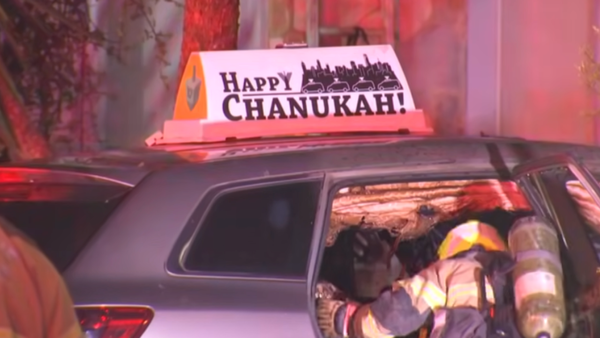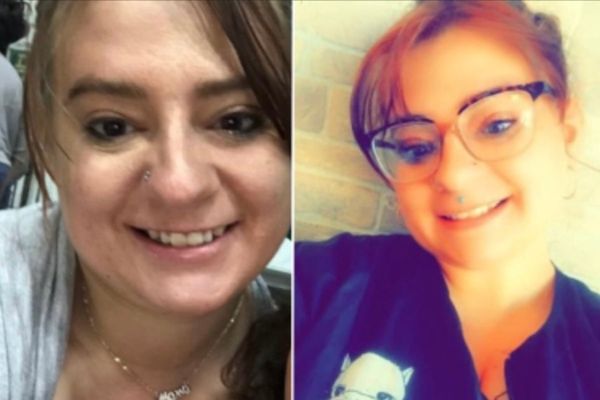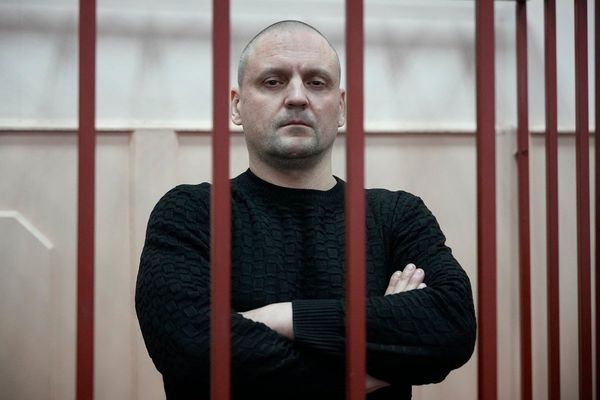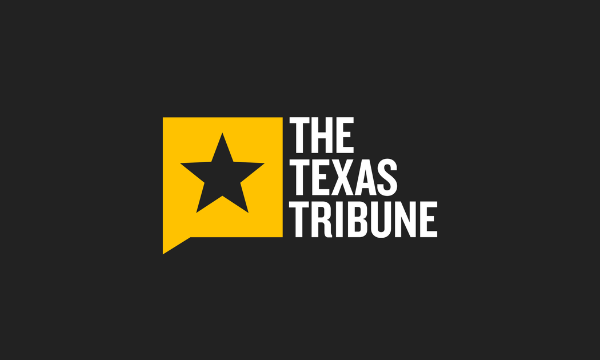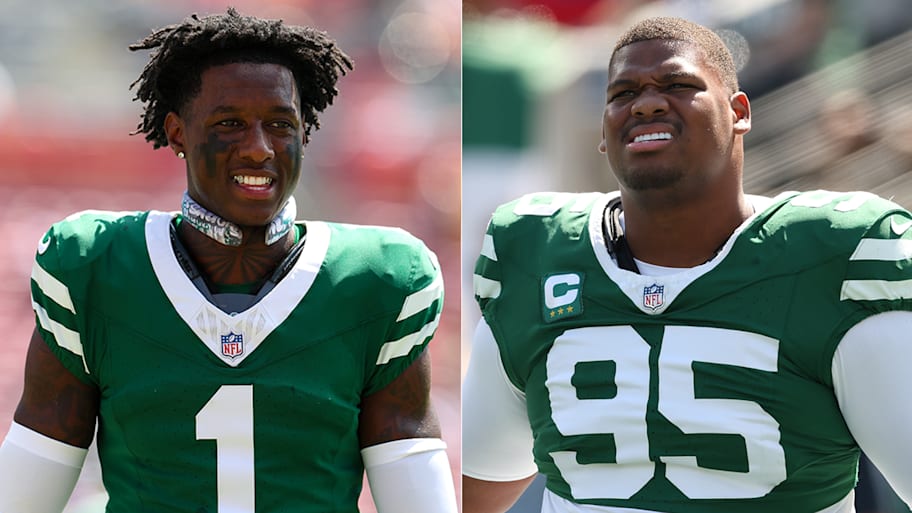
The Colts were coming off another win, improving to 5–1, but lost one of the headline signings of their offseason, Charvarius Ward, right before it.
The 29-year-old’s violent (and accidental) collision with teammate Drew Ogletree in warmups led to the cornerback’s second concussion of the season and a stint on injured reserve. Already down promising rookie Justin Walley, who’d won a starting spot, Indianapolis was suddenly scrambling for help at the position.
No one could’ve anticipated what would happen next.
Or how fortuitous the timing wound up being.
In the course of calling around to find help at corner and the NFL trade deadline approaching, Colts assistant GM Ed Dodds engaged new Jets GM Darren Mougey, who delivered Dodds a startling revelation: New York was prepared to listen to trade offers on anyone on their defense. Anyone? Yes, Mougey affirmed. He wasn’t looking to trade everyone, but he’d listen to an offer on anyone.
Mougey, it turned out, had just kicked off a weekly exercise with his staff, discussing the trade value of each player on the Jets’ roster. The idea, again, wasn’t to trade everyone. It was to be ready for anything, and it was a byproduct of Mougey’s experience in Denver, where he’d been part of trading star players, trading for star players, and constantly trying to push the envelope and maximize any potential transaction that would be presented to a front office.
Dodds relayed the information to his boss, Colts GM Chris Ballard, who then followed up with Mougey, reiterating his team’s interest in addressing the corner position and the intrigue of doing so with a star, rather than the sort of role player normally dealt before the deadline.
Three weeks later, on Monday, with the sides close to a deal and the trade deadline looming, Ballard was talking with Colts owner Carlie Irsay-Gordon about the potential trade as the GM prepared to make an offer, and she asked, “Do you want to Band-Aid it or fix it for the long term?”
Ballard fixed it. Sauce Gardner would be a Colt.
And the Jets would still have more work to do.
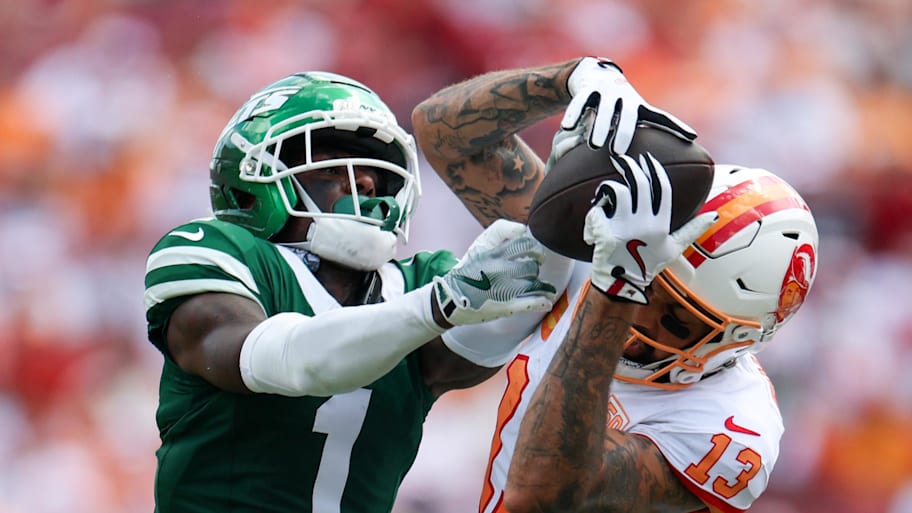
Negotiating the Gardner-Wilson contracts
The Jets’ road here started over the summer, with big-ticket deals for Gardner and star receiver Garrett Wilson complete, and guardrails negotiated for each.
Mougey and chief negotiator Nick Sabella were willing to extend both at that stage, with 34 regular-season games remaining under contract for each. But with the leverage they had of not having to redo either yet, the deals would have to have wins for the team, along with the financial security for the player. And they’d have to be tradeable.
That would be accomplished by limiting the dead-cap hit the team would incur in a trade, and by making the numbers manageable for a team trading for the player.
As such, Gardner had a bigger bonus in March of 2026 ($20 million) than he received at signing ($13.75 million). With the smaller signing bonus spread over five years, the dead-cap hit incurred for trading him in 2025 would be only $11 million. That’s not to say the Jets were preparing to deal Gardner. Rather, it was more of a guiding principle Mougey took from his years in Denver that you never know what’s coming next.
Mougey was alongside Broncos GM George Paton in 2021 when, at 4–4 and coming off a win over Washington, Paton traded franchise icon Von Miller to the Rams for second- and third-round picks. He was there in 2022, too, when, fresh off a win over the Jaguars in London and still in it at 3–5, Paton traded team captain Bradley Chubb to Miami for a first-round pick.
The second-rounder in the Miller deal became All-Pro edge rusher Nik Bonitto, while the first-rounder in the Chubb deal became Sean Payton.
So whatever would come across Mougey’s desk, the Jets wanted to be ready for it.
The first domino to fall in that regard was actually Micah Parsons. When the Cowboys started seriously considering the idea of dealing away their star, they decided internally that—happy with their younger edge rushers—they wanted to upgrade their defensive tackle spot for new DC Matt Eberflus. Viewing Quinnen Williams as one of the four or five best at the position, Dallas inquired about the idea of a Parsons deal with the Jets.
It didn’t go anywhere at the time, but the effect that call had would reverberate.
For the Cowboys, it was the feeling that maybe, at some point, Williams would be available, something they could file away even after acquiring Kenny Clark from the Packers in the Parsons blockbuster. For the Jets, it was an important data point to draw on as the season got started.
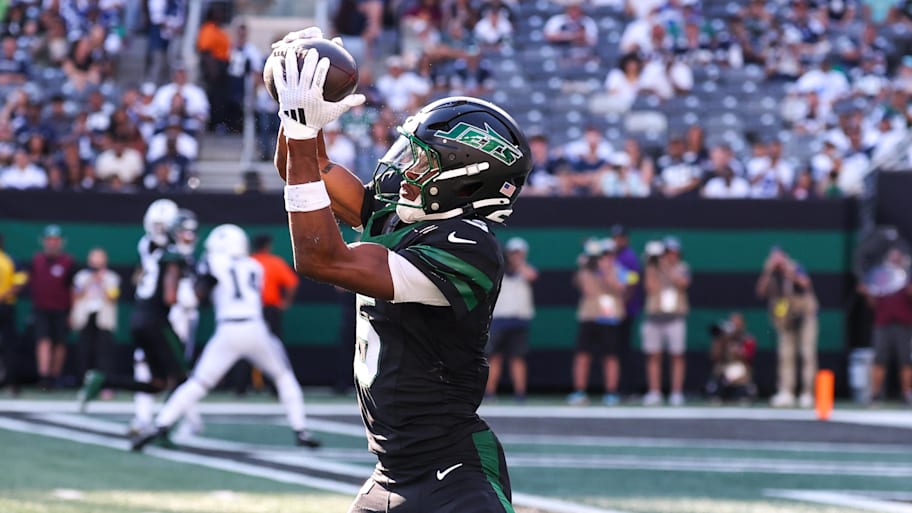
Risk involving Gardner and Wilson deals
Part of the risk in the Gardner and Wilson deals was that, when both were signed, the Jets’ new regime, led by Mougey and Aaron Glenn, hadn’t so much as had either on the field for a single fully padded practice, much less a game. Based on who they were as people, the brass was O.K. with taking that risk. But, again, Mougey wanted his staff to be ready for anything with any player.
So coming out of Week 4, with a month of tape to chew on, Mougey commenced weekly trade value meetings with his personnel staff, discussing every player on the roster. It was more of an exercise for the scouts than anything, designed to eliminate recency bias in player evaluations and to keep everyone on top of where the roster was overall. Mougey and his top-end staff would then cross-reference that by sitting in on coaching meetings assessing the roster, and through Mougey’s constant one-on-one dialogue with Glenn.
Through those meetings, the Parsons trade became a marker. And when Dodds called the week of Columbus Day, that the Jets had established Gardner’s value (two first-round picks and a quality player) became vital to the teams’ ability to keep the idea of a deal alive.
Initially, after Ballard followed up Dodds’s call, the Colts’ impression was that the Jets were looking for the return the franchise got in its trade of Jamal Adams to Seattle five years ago. That return—two first-rounders, a 2021 third-rounder, and a starter (Bradley McDougald) for Adams and a ’22 fourth-rounder—was a little more than what Dallas got back for Parsons. But the trade comps were close enough for the teams to continue their dialogue.
Then, last Friday, before leaving for Pittsburgh, Ballard called Mougey back, and the two agreed to reconnect, with the Jets on a bye, after the Colts played the Steelers.
Meanwhile, in Dallas, Eberflus had started to evolve his defense to play more five-man fronts, which opened up the idea of circling back with the Jets on Williams. With Osa Odighizuwa on a new contract, and Clark aboard, the concept of putting another havoc-wreaking tackle on the interior became increasingly enticing.
So in their course of calling the other 31 teams ahead of the trade deadline, the Cowboys, armed with first-round picks in 2026 and ’27, asked again about Williams. They were told no after some discussion. Drawing on those meetings, Mougey’s message was that he knew the defensive tackle’s value, and Williams wouldn’t be traded for less.
Dallas VP of player personnel Will McClay got the message, and the sense that it wasn’t necessarily a hard no. There was no expectation on Dallas’s end as Monday night’s game against the Cardinals approached that a Williams trade was in the offing.
Gardner deal was all about trust
The Gardner deal’s survival hinged primarily on trust. As Mougey’s discussions with Indy evolved over the past four weeks, a key for New York was that the Colts keep their interest in Gardner, and the Jets’ interest in a trade, quiet as could be.
That meant, in the Colts’ building, everyone was on a need-to-know basis. There was broad-strokes discussion on Gardner in meetings, but only Ballard, Dodds, coach Shane Steichen and ownership knew how real the possibility of landing him was. That group discreetly tapped into the background they gathered on Gardner before the 2022 draft, and what they could learn through two specific connections to him: Both receiver Alec Pierce and special teams coordinator Brian Mason were with the corner at the University of Cincinnati.
So on Monday, Ballard took the case for acquiring Gardner to Irsay-Gordon, explaining how the 24-year-old would help the Colts in 2025, and be a significant building block for the future in a Lou Anarumo–run defense that was very different from the old Gus Bradley scheme—Ballard and his scouts had to adjust for corners going from role players under Bradley to pillars in the way Anarumo set up and called his system.
With Gardner, Ballard said, the position would become an enormous strength, with Ward coming back to join him, Kenny Moore on hand in the slot and Walley to return in 2026. Which is when Irsay-Gordon agreed the best plan was to fix it, rather than spackle the hole.
So Ballard called and made an offer on Monday. The Colts had, over the past few weeks, been open to dealing Adonai Mitchell—a talented young receiver with the right intentions who just needed to grow—because of the depth they had at that spot with Pierce, Michael Pittman Jr. and Josh Downs. The Jets asked for him to be, essentially, the Clark in the Parsons deal model. And on Tuesday morning, the Colts agreed to it.
Then, with the trade at the finish line, Mougey had one more request.
The GM was headed for Nick Mangold’s funeral in the New Jersey suburbs later in the morning. He knew that the service would be filled with Jets people, both past and present, and the last thing he wanted was for everyone paying their respects to the beloved former New York center to have their phones buzzing in church. So he asked Ballard to keep their agreement under wraps for just a few more hours. Ballard quickly pledged to Mougey that he would.
Three teams look a lot different
With the Mangold service complete, Mougey and Ballard finished the trade, and let the world know, and with that the Cowboys came in to take another crack at Williams.
Mougey knew that getting another Parsons deal with the team that actually did the Parsons deal wasn’t likely. He figured the Cowboys would have to come out of it having given a little less than the Packers did to get their star defender. That led to the idea of a first-rounder this year, a second-rounder next year, and a player to replace Williams on the roster, which opened discussion within the Jets’ ranks on asking for the first-rounder in 2027 instead.
There’d be two reasons for that. One, holding three first-rounders in 2027 would give the team a little more flexibility, in that they’d have 18 months to decide how best to use those picks, rather than only six months. Two, the Jets’ scouting department was evaluating the next couple of draft classes, thinking 2026 was a little more barren at the top, and ’27 was brimming with promise, with guys such as Jeremiah Smith, Ryan Williams, Colin Simmons, Dylan Stewart and Leonard Moore set to be draft eligible.
Third, the second-rounder this year has a chance to be a top-45-or-so pick.
So after that, Williams’s trade was pushed past the end line, and three teams looked a lot different at 4 p.m. ET Tuesday.
The Colts come out of it with their chips pushed in on a talented mix of younger, in-prime and older veteran players, with their willingness to deal those picks a sign of their satisfaction with their roster. They get Gardner at the league minimum the rest of the year, and for an average of $23.22 million over the next three years, with de facto team options for 2029 and ’30. This is also a sign of how they feel about Daniel Jones, who is in a contract year, in that they let go of the capital they’d need to pursue another quarterback.
Dallas comes out of its two big trades having gotten a defensive centerpiece who’s a year and a half older and much cheaper (under contract at $7.825 million in 2025, $21.75 million in ’26 and $25.5 million in ’27) than Parsons, and having essentially moved a ’26 second-round pick into the first round. The added flexibility could now allow them to keep George Pickens and continue reshaping their core, though with only $5 million guaranteed left beyond this year, Williams could come looking for a new deal soon.
And the person they’re getting, in the affable Williams, is part of this, too, as Brian Schottenheimer continues to try to build what he’s termed “the best culture in sports.”
Then, you have the Jets. Remaining are young pieces such as Wilson, Olu Fashanu, Armand Membou, Ali Vera-Tucker, Jermaine Johnson II, Will McDonald IV, Jamien Sherwood and, if they re-sign him, Breece Hall. They have the capital now to go after a quarterback over the next two offseasons. Or they could use the picks to continue to build.
Either way, the roster isn’t as good as it was over the weekend.
But with the flexibility the Jets have now, the possibilities for where they go from here, for better or worse, are seemingly endless. And the wild thing is, without that pregame accident in Indy over Columbus Day weekend, there’s a chance that none of this happens.
More evidence, in today’s NFL, that we truly never know what’s coming next.
More NFL on Sports Illustrated
This article was originally published on www.si.com as How the Colts, Jets and Cowboys Reshaped Their Futures During the NFL Trade Deadline.
